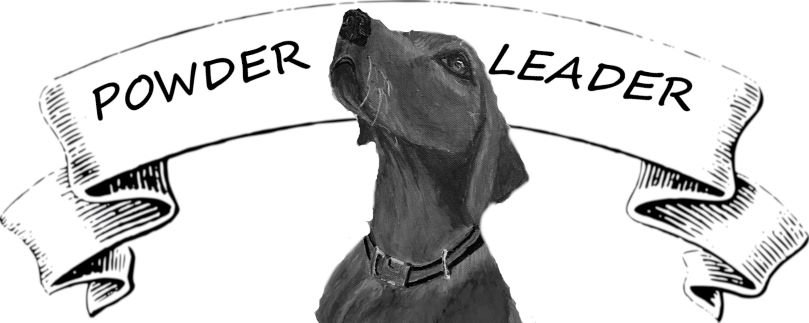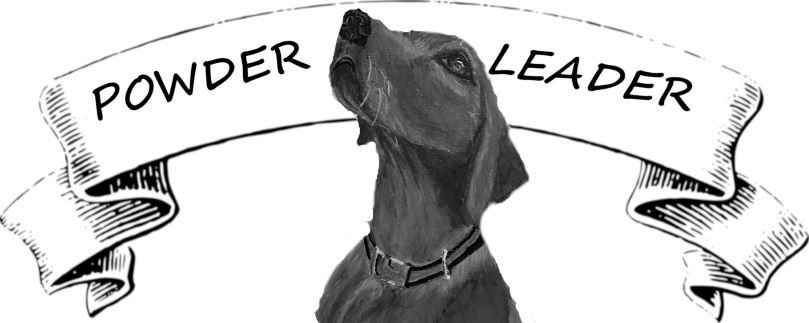Jay Norwood Darling, or Ding as he would come to be known, first came to my attention while watching a fishing show on YouTube produced by the MeatEater crew. While fishing in his wildlife refuge, they talked a lot about his legacy and what he has meant not only to hunters and anglers but people who care about conservation everywhere. What made me first do more research on him, even before this paper was assigned, was learning that he not only was the founder of the Federal Duck Stamp but also he was the artist behind the first duck stamps. As a duck hunter myself, I am very familiar with the Stamp as I purchase one, sometimes two if I lose one, every year. Also, my dad is an amateur outdoor artist, and the duck stamp competition often found its way into conversation at the dinner table in the fall. Upon more research, I noticed he had strong roots in Iowa. He is from in Sioux City, worked for the Des Moines Register and eventually would die in Des Moines. With all this being out there and starting this paper, gave me the perfect opportunity to learn more about someone I not only was just introduced to but has also had a real effect on my life in more way than one.
US Fish and WIldlife
Jay Norwood Darling was born in 1876 in Michigan. Ten years later his parents would move to Sioux City. He would go to college in Yankton, South Dakota and eventually become a cartoonist for the Des Moines Register, where Jay Norwood would earn his nickname Ding. Shortening his last name with just the first letter and the end three, and it would be his cartoons that put him on the map. He was syndicated in 130 newspapers across the country and would earn himself two Pulitzer Prize Awards in 1923 and again in 1942. (Namesake) His cartoons caught the eye of many people for one important common reason, conservation. Ding could see that wildlife in the country was suffering; he would draw pictures that brought up issues in conservation such as bag limits on hunting and fishing, reasonable seasons, and habitat restoration. (Lungren, Sam) Ding was most concerned about waterfowl and their disappearing habitat, his saying “ducks can’t nest on a picket fence” became famous among Americans and conservationist alike.(namesake) He knew there was a problem that needed to be fixed, and he used his cartoons to help point them out to the public. One of his most famous drawings, I’ll add at the end of the paper, was a depiction of a politician promising to conserve wildlife, while nervously looking at a US citizen holding a paper asking to pledge it in writing. Another famous cartoon is depicting what duck populations would look like if hunting practices continued the way they were going. Ding understood the only place to get the conservation that needed to happen accomplished was in the federal government.
1996-97 AccuSoft Inc., All rights reserved
In 1934 Ding got his opportunity. President Franklin Roosevelt asked Ding to serve as the head of the US biological survey, which would eventually become US fish and Wildlife Service. Ding would only last twenty months as the head of the survey, frustrated by congress unwillingness to act, but in that time, he managed to get 17 million acres in habitat restoration, and he accomplished a few things that are still around today. Including, the federal duck stamp program. The program started as a one-dollar stamp purchased by anyone wanting to hunt ducks that year.(Lungren) Duck, being the only game regulated by the federal government because of their migratory patterns, gave them the ability to create a national program like this. The money earned from the duck stamp would then turn around and be used to restore habitat for waterfowl and as of today has received more than $700 million and used to gain 5.2 million acres for habitat.(Federal Duck Stamp) In 1947, they decided to make the art on the duck stamp competition and artists and, hunters or people who are both, compete for the opportunity to be featured on the stamp. Among things like state wildlife agencies and wildlife refuges, Ding was one of the conservationists that pushed for the Pittman-Robertson Act, an excise tax on sporting gear, which just last year, according to the Secretary of the Interior Ryan Zinke, generated $1.1 billion in money that will end up going back to conservation and recreation purposes. Ding would be considered by many as “the best friend ducks ever had,” proving that just because hunters kill an animal doesn’t mean that they don’t care for the species. (Namesake)
pennlive.com
Even with all these contributions to conservation, one of the greatest things Ding would accomplish is the Sanibel Wildlife Refuge, now the Ding Darling Refuge. Ding was concerned about developers purchasing Sanibel Island in Florida, and he wanted to protect the habitat on the island. Mainly the threatened species and nesting areas for migratory birds. In 1945, because of pressure from ding, President Truman would sign an executive order making Sanibel Island a National Refuge, eventually becoming the Ding Darling national Refuge in 1967. The refuge is 6,400 acres of habitat for many different species of animal and sea life, and 2,800 acres have been designated as federal wilderness areas. (namesake) It was in this area that the members of the MeatEater crew were fishing. It was just last year that the refuge was hit by a red tide that took a toll on fish numbers in the area, but being as it is a refuge and man cannot impact the habitat, the numbers are slowly coming back in a way that would make Ding proud.
From the “Ding” Darling Wildlife Society
His death would come in 1962, but his legacy and contribution to conservations still are alive today. His foundation, the Ding Darling Foundation, is still raising money for refuge land acquisition, to create more habitat for waterfowl and other animals, but also contributes in different ways. They provide money to schools in the Des Moines area to provide education on conservation to go along with the $3.3 million they have given to education centers and exhibits. They also award a scholarship to students in biology-related fields, and these are just a few things the ding darling foundation still does for conservation. (namesake)
Ding is credited with creating the modern conservation system, one of the most successful federal system ever produced by the US government. He is regarded as the “best friend ducks ever a had” but not many people know about him. Personally, from the research I have done, I see him as one of the most influential conservationists of the 20th century and feel like more people should be aware of what he accomplished in his life. One thing I found interesting about his cartoons and how they relate to my life, in particular, is they all have the same theme of 20 years ago ducks blacked out the sky and in 20 years they will no longer exist. When I was growing up, I heard similar stories about pheasant and even duck populations, even though now numbers are increasing at higher rates than expected, hunters still have a fear of populations dying out. I think that is a reasonable fear to have and that Ding would want us to continue to be mindful about responsible, ethical take methods and sustainable habitat.
Sources:
“Federal Duck Stamp 75th Anniversary.” Official Web Page of the U S Fish and Wildlife Service, 28 June 2007, www.fws.gov/duckstamp75/.
Lungren, Sam. “Cartooning Conservation: Ding Darling, Ed Anderson, and Saving South Florida.” MeatEater Conservation, MeatEater, 3 Sept. 2019, www.themeateater.com/conservation/environmental-issues/cartooning-conservation-ding-darling-ed-anderson-and-saving-south-florida.
“Our Namesake.” "Ding" Darling Wildlife Society, www.dingdarlingsociety.org/articles/our-namesake.
“Secretary Zinke Announces More Than $1.1 Billion for Sportsmen & Conservation.” U.S. Department of the Interior, 20 Mar. 2018, www.doi.gov/pressreleases/secretary-zinke-announces-more-that-11-billion-sportsmen-conservation.





